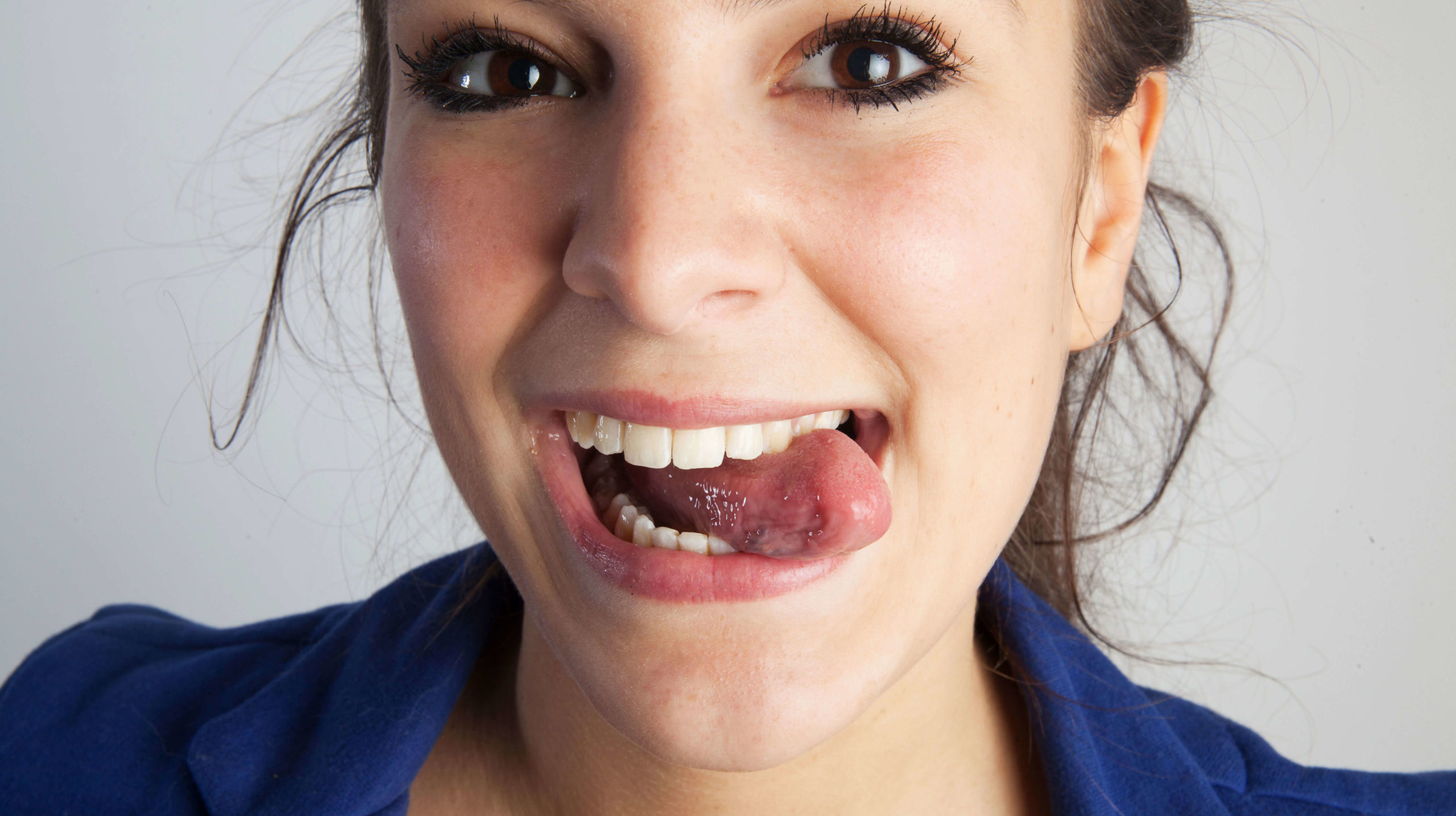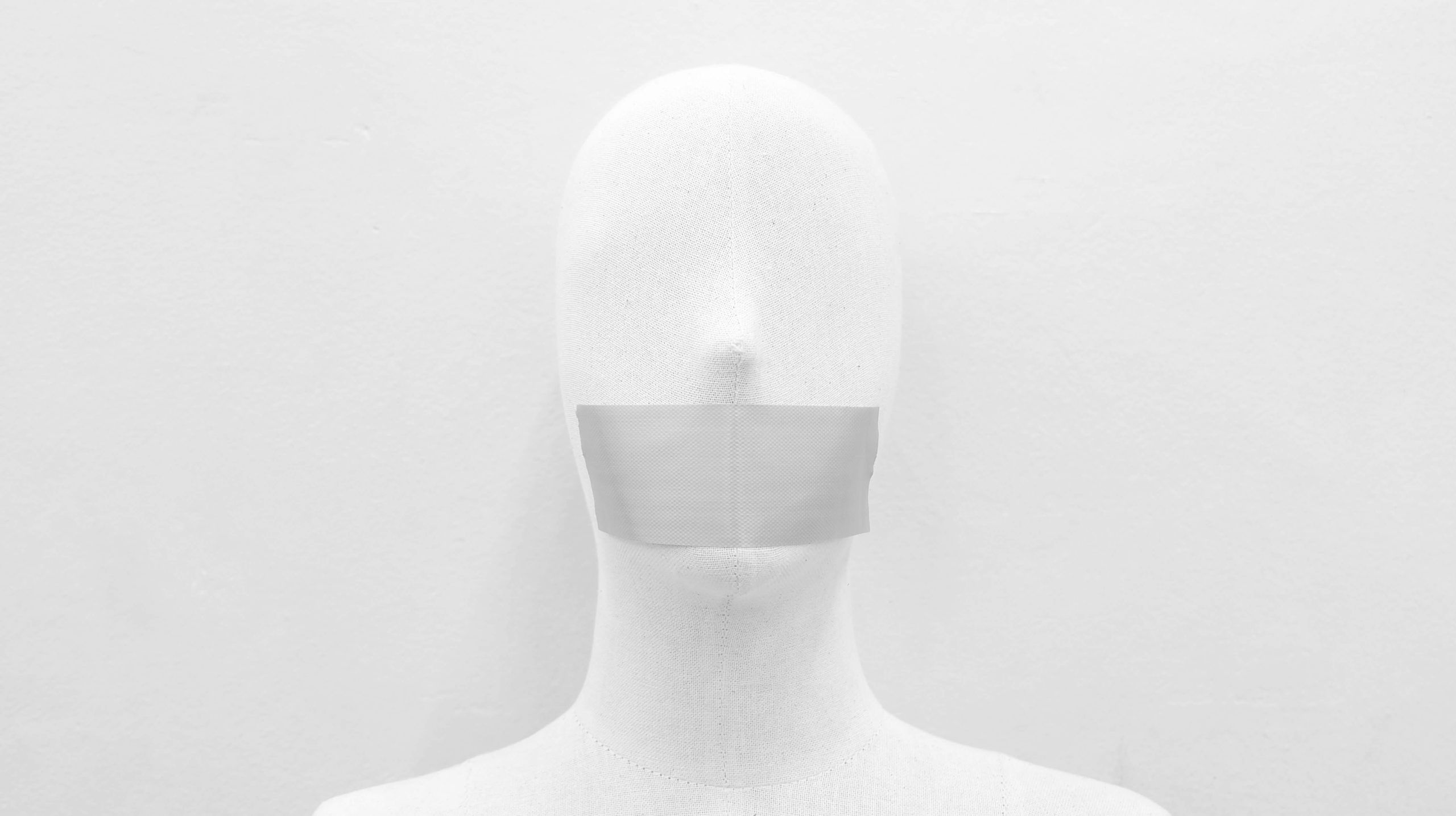In its pursuit of promoting ideal facial growth guidance, Orthotropics® treatment may also include a course of myofunctional therapy. Read on as we explore the relationship between myofunctional therapy and Orthotropics®, and how they work hand in hand to achieve successful results in encouraging proper oral posture, while promoting better health.
What is myofunctional therapy?
Also referred to as orofacial myofunctional therapy, this treatment provides a way for a trained medical professional to re-educate the muscles of the face, tongue, and lips to function and rest properly. A course of myofunctional therapy consists of a series of simple, painless exercises that works the orofacial musculature to address specific myofunctional disorders such as tongue thrust, reverse swallowing, mouth breathing, improper oral rest posture, or as follow-up treatment to a tongue or lip-tie release. OMDs may develop as a result of a bad habit such as thumb sucking, prolonged use of the bottle or pacifier, improper nutrition or too much mushy foods as a toddler that do not aid in proper oral development, or an untreated tongue-tie.
What does food have to do with my child’s oral development?
Feeding is key to proper facial growth in children. When your child eats, this stimulates the muscles of the orofacial system, encouraging proper growth of the face as well as the jaws and dental arch. Being able to maintain proper chewing function also has benefits, namely lowering the risk of future dental difficulties or an alteration in the alignment of your bite.
For infants, breastfeeding is the preferred method of feeding, and not just because of the other advantages that come from nursing your baby with regard to nutrition, vitamins, and the strengthening of the immune system. Breastfeeding is the best way to encourage the proper development and function of the mouth and face. Nursing also makes the orofacial muscles stronger, reducing the likelihood of future OMDs or difficulty in vital functions such as breathing, chewing, swallowing, or the development of speech.
Negative habits such as thumb sucking or using a pacifier can impact your child and even change his or her appearance.
Sucking behavior is quite common in babies but if it is especially frequent or it persists beyond infancy, the consequences of future dental health could be significant. Your child may encounter any of the following:
- Development of an anterior open bite, which occurs when the front teeth do not touch when the mouth closes
- Dysfunction in the orofacial muscles leading to the development of an OMD
- An airway issue that impedes breathing or could lead to the onset of a sleep breathing disorder such as sleep apnea
- Problems with chewing or swallowing, which can impact nutrition or cause picky eating
- Difficulties with speech development, including a speech impediment such as a lisp
- Development of narrow dental arch that could cause crooked teeth
- Chronic mouth breathing, which harms the body and puts stress on the heart and lungs
Ignoring these issues may result in developmental delays, or even alter how your child looks. The best course of action to take is to receive treatment, which may include a course of myofunctional therapy administered by a certified myofunctional therapist.
Myofunctional therapy can work in combination with orthodontics.
Pairing these different methods of treatment should be determined on a case-by-case basis. Myofunctional therapy may be best suited to take place before, during, or after your child receives orthodontic treatment. One of the major objectives of myofunctional therapy is to achieve greater balance throughout the orofacial system. This balance helps stabilize the patient’s jaw alignment and rest oral posture, as well as lowers the risk of orthodontic relapse after treatment concludes.
Myofunctional therapy and Orthotropics® are two routes to the same goal: proper oral posture.
We have discussed how myofunctional therapy entails performing a series of exercises. Likewise, Orthotropics®, which was developed more than 50 years ago by the English physician Dr. John Mew, employs oral appliance therapy. Both methods can be used to achieve the optimum oral posture when the mouth is at rest. This means that, when not eating or speaking, your child should be able to comfortably maintain an oral posture with lips closed, teeth together, and the tongue resting comfortably against the roof of the mouth. Applied in combination, the benefits from pairing Orthotropics® with myofunctional therapy magnify. While Orthotropics® can achieve wider dental arches, a less narrow facial structure, and a wider airway, myofunctional therapy can help improve functions such as chewing, breathing, and swallowing, while also eliminating negative oral habits such as thumb sucking, tongue thrust, and mouth breathing. Collaborating between these two methods of therapy help to ensure the continued stability of the orofacial system.
To learn more about the overall benefits of myofunctional therapy, please visit the website of the North American Association of Facial Orthotropics at orthotropics-na.org to find a practitioner near you. You also can send an email to [email protected].



